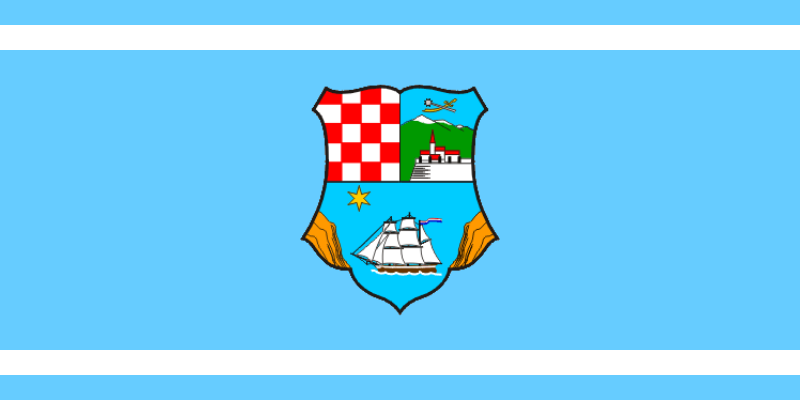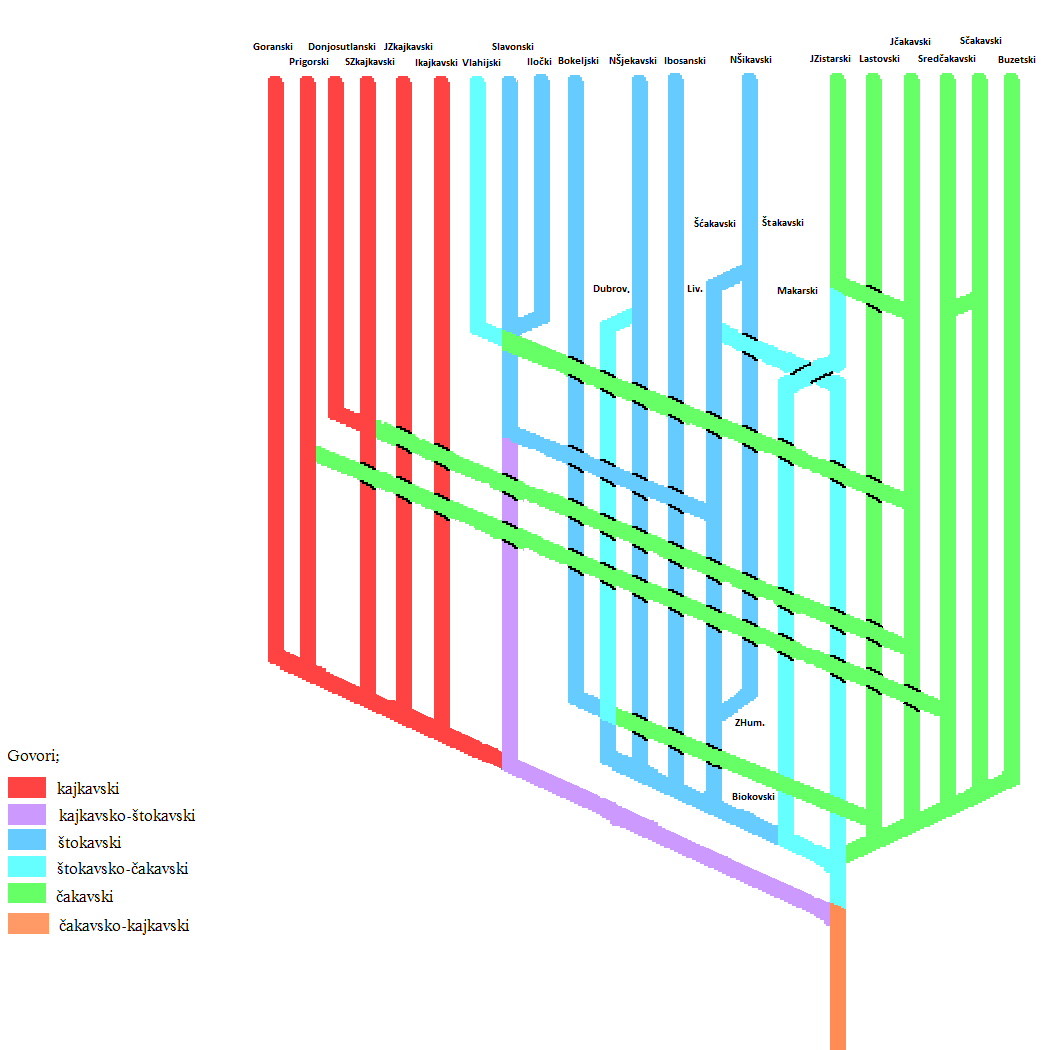|
é§estilac
é§estilac (Chakavian: ''é§estiloc'') is a village located on the Croatian island of Krk. It is part of the municipality of Dobrinj. As of 2021, it had 11 inhabitants. It is connected by road to the nearby villages of Polje A polje, also called karst polje or karst field, is a large flat plain found in karstic geological regions of the world, with areas usually in the range of 5ã400 km2 (2ã154 sq mi). The name derives from the Slavic languages, ... and Sveti Vid Dobrinjski. References Krk Populated places in Primorje-Gorski Kotar County {{PrimorjeGorskiKotar-geo-stub ... [...More Info...] [...Related Items...] OR: [Wikipedia] [Google] [Baidu] |
Dobrinj
Dobrinj is a village and municipality in the Primorje-Gorski Kotar County in northwestern Croatia, on the island of Krk. There are 2,150 inhabitants in the municipality, with 91% Croats. The village of Dobrinj itself has 89 inhabitants. Geography Dobrinj and the Municipalities of Croatia, municipality of the same name is located on the northeast side of the island of Krk. The place is located at an elevation of about 200 meters above Soline Bay. The municipality of Dobrinj comprises three cadastral communities: Dobrinj, Soline, Dobrinj, Soline and Suéƒan, Croatia, Suéƒan, with 20 settlements, covering an area of 55 km2. In relief, this area can be divided into a low zone (mainly around Soline Bay) and a high zone (Dobrinj, Kras, Krk, Kras, Gabonjin). The Dobrinj municipality also covers much of the eastern coast of the island of Krk, facing Crikvenica and Vinodol, Croatia, Vinodol on the mainland, with which it has always been closely connected. The coast is full of inlets, ... [...More Info...] [...Related Items...] OR: [Wikipedia] [Google] [Baidu] |
Counties Of Croatia
The counties of Croatia () are the first-level administrative divisions of Croatia, administrative subdivisions of the Croatia, Republic of Croatia. Since they were re-established in 1992, Croatia has been divided into 20 county, counties and the capital city of Zagreb, which has the authority and legal status of both a county and a list of cities and towns in Croatia, city (separate from the surrounding Zagreb County). As of 2015, the counties are subdivided into 128 cities and 428 (mostly rural) Municipalities of Croatia, municipalities. The divisions have changed over time since the Kingdom of Croatia (925ã1102), medieval Croatian state. They reflected territorial losses and expansions; changes in the political status of Dalmatia, Republic of Ragusa, Dubrovnik and Istria; and political circumstances, including the Croatia in personal union with Hungary, personal union and subsequent development of relations between the Kingdom of Croatia-Slavonia and the Kingdom of Hungar ... [...More Info...] [...Related Items...] OR: [Wikipedia] [Google] [Baidu] |
Flag Of Primorje-Gorski Kotar County
A flag is a piece of fabric (most often rectangular) with distinctive colours and design. It is used as a symbol, a signalling device, or for decoration. The term ''flag'' is also used to refer to the graphic design employed, and flags have evolved into a general tool for rudimentary signalling and identification, especially in environments where communication is challenging (such as the maritime environment, where semaphore is used). Many flags fall into groups of similar designs called flag families. The study of flags is known as "vexillology" from the Latin , meaning "flag" or "banner". National flags are patriotic symbols with widely varied interpretations that often include strong military associations because of their original and ongoing use for that purpose. Flags are also used in messaging, advertising, or for decorative purposes. Some military units are called "flags" after their use of flags. A ''flag'' (Arabic: ) is equivalent to a brigade in Arab countries. In ... [...More Info...] [...Related Items...] OR: [Wikipedia] [Google] [Baidu] |
Primorje-Gorski Kotar County
Primorje ã Gorski Kotar County (, ) is a Counties of Croatia, county in western Croatia, most of it based in the historical and cultural region called Croatia proper and some of it in Istria, including the Bay of Kvarner, the surrounding Northern Croatian Littoral, and the mountainous region of Gorski Kotar. Its center is Rijeka. The county's population was 296,195 at the 2011 census. The county includes the island territories of Krk (island), Krk, Cres (island), Cres, LoéÀinj and Rab (island), Rab. It borders Slovenia. The county is divided: * City of Rijeka (county seat) * Town of Bakar, Croatia, Bakar * Town of Cres (town), Cres * Town of Crikvenica * Town of áabar * Town of Delnice * Town of Kastav * Town of Kraljevica * Town of Krk (town), Krk * Town of Mali LoéÀinj * Town of Novi Vinodolski * Town of Opatija * Town of Rab (town), Rab * Town of Vrbovsko * Municipality of BaéÀka, Croatia, BaéÀka * Municipality of Brod Moravice * Municipality of áavle * Municipality of D ... [...More Info...] [...Related Items...] OR: [Wikipedia] [Google] [Baidu] |
Municipalities Of Croatia
Municipalities in Croatia (; plural: ''opáine'') are the second-lowest administrative unit of government in the country, and along with List of cities in Croatia, cities and towns (''grad'', plural: ''gradovi'') they form the second level of administrative subdisivion, after Counties of Croatia, counties. Each municipality consists of one or more settlements (''naselja'') , which are the third-level spatial units of Croatia. Though equal in powers and administrative bodies, municipalities and towns differ in that municipalities are usually more likely to consist of a collection of villages in rural or suburban areas, whereas towns are more likely to cover urbanised areas. Law of Croatia, Croatian law defines municipalities as local self-government units which are established, in an area where several inhabited settlements represent a natural, economic and social entity, related to one other by the common interests of the area's population. As of 2023, the 21 counties of Croatia ... [...More Info...] [...Related Items...] OR: [Wikipedia] [Google] [Baidu] |
Central European Time
Central European Time (CET) is a standard time of Central, and parts of Western Europe, which is one hour ahead of Coordinated Universal Time (UTC). The UTC offset, time offset from UTC can be written as UTC+01:00. It is used in most parts of Europe and in several African countries. CET is also known as Middle European Time (MET, German: :de:MitteleuropûÊische Zeit, MEZ) and by colloquial names such as Amsterdam Time, Berlin Time, Brussels Time, Budapest Time, Madrid Time, Paris Time, Stockholm Time, Rome Time, Prague time, Warsaw Time or Romance Standard Time (RST). The 15th meridian east is the central axis per UTC+01:00 in the world system of time zones. As of 2023, all member state of the European Union, member states of the European Union observe summer time (daylight saving time), from the last Sunday in March to the last Sunday in October. States within the CET area switch to Central European Summer Time (CEST, UTC+02:00) for the summer. The next change to CET is scheduled ... [...More Info...] [...Related Items...] OR: [Wikipedia] [Google] [Baidu] |
Central European Summer Time
Central European Summer Time (CEST, UTC+02:00), sometimes referred to as Central European Daylight Time (CEDT), is the standard clock time observed during the period of summer daylight-saving in those European countries which observe Central European Time (CET; UTC+01:00) during the other part of the year. It corresponds to UTC+02:00, which makes it the same as Eastern European Time, Central Africa Time, South African Standard Time, Egypt Standard Time and Kaliningrad Time in Russia. Names Other names which have been applied to Central European Summer Time are Middle European Summer Time (MEST), Central European Daylight Saving Time (CEDT), and Bravo Time (after the second letter of the NATO phonetic alphabet). Period of observation Since 1996, European Summer Time has been observed between 01:00 UTC (02:00 CET and 03:00 CEST) on the last Sunday of March, and 01:00 UTC on the last Sunday of October; previously the rules were not uniform across the European Union. The ... [...More Info...] [...Related Items...] OR: [Wikipedia] [Google] [Baidu] |
Chakavian
Chakavian or áakavian (, , , proper name: or own name: ''áokovski, áakavski, áekavski'') is a South Slavic supradialect or language spoken by Croats along the Adriatic coast, in the historical regions of Dalmatia, Istria, Croatian Littoral and parts of coastal and southern Central Croatia (now collectively referred to as Adriatic Croatia or Littoral Croatia), as well as by the Burgenland Croats as Burgenland Croatian in southeastern Austria, northwestern Hungary and southwestern Slovakia as well as few municipalities in southern Slovenia on the border with Croatia. Chakavian represents the basis for early literary standards in Croatia, and until the modern age was simply known and understood, along with the Kajkavian and Shtokavian idioms in Croatia, as the Croatian language (''hrvatski jezik''). Legal and liturgical to literary texts until the 16th century, including literary work by "the father of Croatian literature" Marko Maruliá and the first Croatian dictionar ... [...More Info...] [...Related Items...] OR: [Wikipedia] [Google] [Baidu] |
Village
A village is a human settlement or community, larger than a hamlet but smaller than a town with a population typically ranging from a few hundred to a few thousand. Although villages are often located in rural areas, the term urban village is also applied to certain urban neighborhoods. Villages are normally permanent, with fixed dwellings; however, transient villages can occur. Further, the dwellings of a village are fairly close to one another, not scattered broadly over the landscape, as a dispersed settlement. In the past, villages were a usual form of community for societies that practice subsistence agriculture and also for some non-agricultural societies. In Great Britain, a hamlet earned the right to be called a village when it built a church.-4; we might wonder whether there's a point at which it's appropriate to talk of the beginnings of French, that is, when it wa ... ''village'', from Latin ''villáticus'', ultimately from Latin ''villa'' (English ''vi ... [...More Info...] [...Related Items...] OR: [Wikipedia] [Google] [Baidu] |
Croatia
Croatia, officially the Republic of Croatia, is a country in Central Europe, Central and Southeast Europe, on the coast of the Adriatic Sea. It borders Slovenia to the northwest, Hungary to the northeast, Serbia to the east, Bosnia and Herzegovina and Montenegro to the southeast, and shares a maritime border with Italy to the west. Its capital and largest city, Zagreb, forms one of the country's Administrative divisions of Croatia, primary subdivisions, with Counties of Croatia, twenty counties. Other major urban centers include Split, Croatia, Split, Rijeka and Osijek. The country spans , and has a population of nearly 3.9 million. The Croats arrived in modern-day Croatia, then part of Illyria, Roman Illyria, in the late 6th century. By the 7th century, they had organized the territory into Duchy of Croatia, two duchies. Croatia was first internationally recognized as independent on 7 June 879 during the reign of Duke Branimir of Croatia, Branimir. Tomislav of Croatia, Tomis ... [...More Info...] [...Related Items...] OR: [Wikipedia] [Google] [Baidu] |
Polje (Krk)
Polje () is a village located on the northeast of the island Krk. It is part of the municipality of Dobrinj Dobrinj is a village and municipality in the Primorje-Gorski Kotar County in northwestern Croatia, on the island of Krk. There are 2,150 inhabitants in the municipality, with 91% Croats. The village of Dobrinj itself has 89 inhabitants. Geography .... As of 2021, it had 285 inhabitants. References Krk Populated places in Primorje-Gorski Kotar County {{PrimorjeGorskiKotar-geo-stub ... [...More Info...] [...Related Items...] OR: [Wikipedia] [Google] [Baidu] |
Sveti Vid Dobrinjski
Sveti Vid Dobrinjski is a village on the Croatian island of Krk. Located just to the southeast of Dobrinj, it is also part of the municipality of Dobrinj. As of 2021, it had 64 inhabitants. There is a church in the village devoted to Saint Vitus Vitus (), whose name is sometimes rendered Guy or Guido, was a Christian martyr from Sicily. His surviving hagiography is pure legend. The dates of his actual life are unknown.Basil Watkins, ''The Book of Saints: A Comprehensive Biographical .... References Krk Populated places in Primorje-Gorski Kotar County {{PrimorjeGorskiKotar-geo-stub ... [...More Info...] [...Related Items...] OR: [Wikipedia] [Google] [Baidu] |





